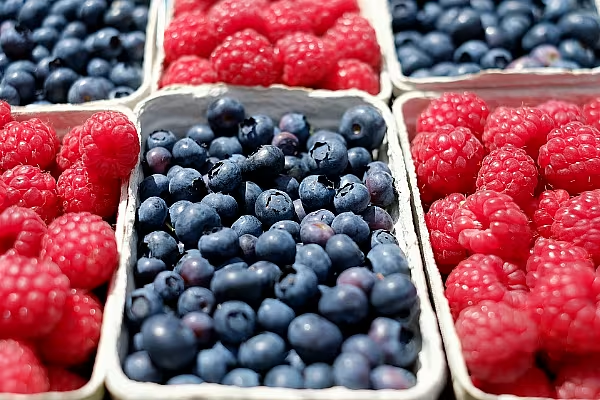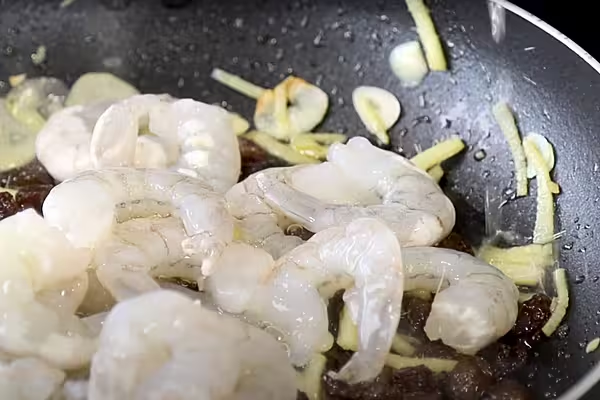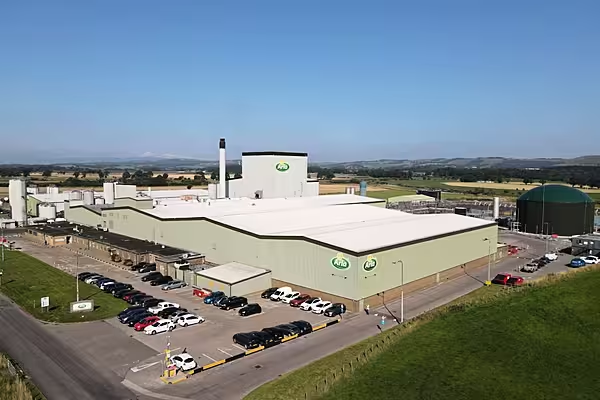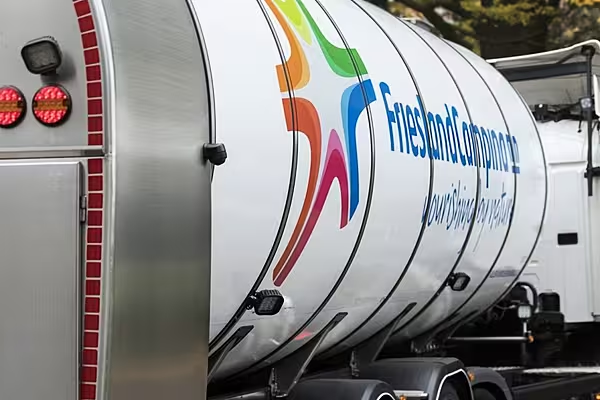On a wall at the Watsonville, California, headquarters of Driscoll's, Inc., the nearly $3 billion global berry brand, dozens of little green trucks move about on a large screen with a map of the US. It's a real-time representation of every truck on the road carrying the company's strawberries, blueberries, blackberries and raspberries to customers across the country, with data from each truck – the temperature inside the cargo hold, whether it's stuck in traffic, even whether its doors are open or closed.
It's an impressive display of technology, but at Driscoll's, the map is old news – something to show visitors while they're killing time, waiting to sample the in-house chef's latest batch of gluten-free strawberry muffins.
If you want to see the latest high-tech innovations at Driscoll's, you have to head out to the fields.
"Our production system is evolving quite dramatically," said Soren Bjorn, executive vice-president of Driscoll's of the Americas. It has to – the world, including California, is not generating more farmland, it's actually losing it, thanks to factors like population growth, pollution and erosion. "We have to get more out of the limited resources that we have to serve a larger population," Bjorn explained.
There are many pieces to any agricultural puzzle – genetics, weather, labourers, soil – but the companies growing our food have only so much control over them. So Driscoll's is drawing on its scientists to build a system whose berries are always delicious, no matter where they're grown or sold.
It starts with genetics. The company has nine different breeding programmes for strawberries in the US and Europe, and 18 commercial varieties of the fruit in North America alone. Some breeds are sweeter, others juicier. Some are especially good for organic farming. Some, such as the white ones that might look unripe to Americans, are favourites in other parts of the world, such as Hong Kong. Breeding is also important for maintaining the more mundane traits, such as being able to withstand a cross-country truck ride.
Growing berries of any kind is complicated. There are a lot of inputs – among them water, fertilisers, labour to harvest the plants, and such pesticides as herbicides and fungicides to kill off pests and disease. Getting these inputs wrong can hurt the crops, the environment, or both. Driscoll's is starting to use a technique called substrate farming, in which berries are grown in coconut-husk pots instead of dirt in the ground, to reduce each of these inputs.
"All you're trying to do is to feed that plant exactly what it needs," Bjorn said. Out in the test fields in Watsonville, northern-district farm manager Marty Madesko called this "precision farming" with "specialised recipes", which translates into savings on water and nutrients. Think of the technique as Soylent for plants: delivering just what they need – no more, no less.
"Our ability to analyse what's happening in the berry is increasing so rapidly," Bjorn said.
Small probes in the pots monitor acidity and sugars and adjust inputs as necessary, which cuts down on waste. Farmers don't have to flood their fields with water or chemicals, both of which can cause run-off into nearby waterways. Madesko hopes, eventually, to recycle even the little bit of water that leaks out from the pots.
Theoretically, farmers can also become organic growers nearly overnight. Since the berries aren't grown in dirt, which may have been treated with non-organic-approved chemicals, growers can skip the requisite three-year waiting period when they need to use organic practices but can't yet avail of the organic label. As long as the substrate materials are organic, they should be good to go.
While substrate farming has been used in greenhouses for decades and is already common for tomatoes, cucumbers, and bell peppers, it still represents a major departure from traditional in-the-dirt growing, especially when done in raised beds in an open field, said Chris Simmons, assistant professor in the department of food science and technology at the University of California, Davis. "It's a radical notion to view the field as simply a stage for growing crops, rather than as the medium in which the plants are growing," he said.
There are some drawbacks. Madesko notes that growing with substrates requires a large, upfront investment and an adjustment to a range of new technologies that many farmers aren't looking to make. And the new inputs, such as the materials needed to build the pods, require a more complete life-cycle assessment that accounts for the environmental costs and compares them with conventional practices, says Simmons. (Driscoll's says that it has not done a life-cycle assessment.)
While only a small fraction of the company's American growers have started using substrate farming, Driscoll's is already trying the technology in China, one of the world's fastest-growing markets for berries (and nearly everything else). The company has plots in two villages in Yunnan province, thousands of miles from, but at the same latitude and elevation as, one of Driscoll's reliable growing regions: Central Guadalajara, Mexico. "It mimics a geography we've already been in," Bjorn said. "Our genetics work."
Substrate farming may also benefit labourers, at least in the short term. Picking strawberries is backbreaking, requiring workers to spend hours hunched over low bushes, searching for ripened fruit. For blueberries grown in bushes close together, workers must search through the bramble to find them. By using substrates, however, Driscoll's farmers can raise the strawberry bushes to waist level, and blueberry plants can simply be moved further apart.
Eventually, harvesting might not be done by humans at all. Driscoll's is working with Spanish technology company Agrobot to develop a robot that will do the picking instead. The company's breeding team, meanwhile, is working on berries that grow at consistent stem lengths so they can be picked by the machine. This isn't a far-fetched concept. Madesko predicts there will be a strawberry-picking Agrobot in five years. "It's not an if, but a when," he said.
In the long term, this portends real changes to the work force.
"The more uniform the berry, the more mechanised [the process], the less that the worker is needed," said Laura Anne-Minkoff-Zern, an assistant professor of food studies at Syracuse University who focuses on labour and immigration. "The workers are less valuable and more expendable."
Predictably, farm-worker organisations aren't thrilled about the prospect of a berry-picking robot. "If the intent is to reduce workplace injuries and repetitive motion, that's great," said Erik Nicholson, national vice-president for United Farm Workers. "If the intent is to bring machines into the field, that's upsetting. I want our food produced by people who are knowledgeable and able to earn a fair living."
Bjorn disagrees. In his opinion, workers aren't expendable, they're in short supply. Unauthorised immigration to the US from Mexico has been declining, from an estimated 6.4 million in 2009 to 5.8 million in 2014 and is likely to decline further during the Trump administration. Agricultural labour is becoming increasingly scarce as a result. Technology is simply advancing to meet this reality, Bjorn contends. "You will need fewer people, but there are fewer available," he said.
Ultimately, the labourers and their skill sets will be different, less dependent on physically picking fruit and more dependent on working with computers and other advanced technologies. Driscoll's is not alone. 'Some employers are investing in [...] labour-saving mechanisation to make fewer and more expensive workers more productive,' one recent paper concluded.
The labour market, though, is ultimately one of the elements that even a company the size of Driscoll's simply cannot control. Robots, on the other hand, are much more amenable to instruction.
News by Bloomberg, edited by ESM. To subscribe to ESM: The European Supermarket Magazine, click here.














